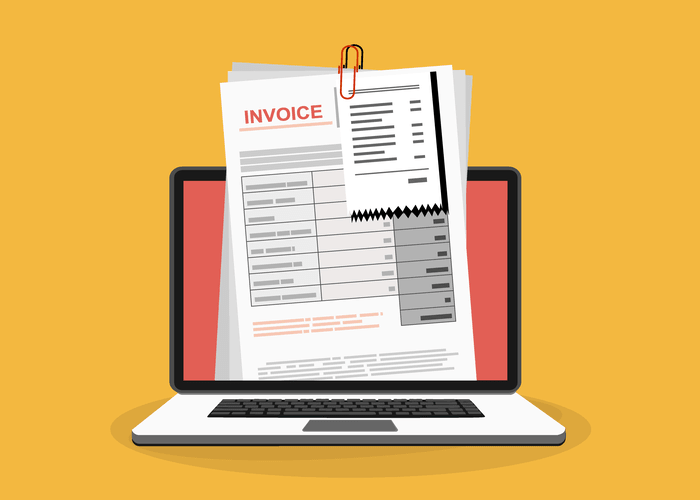
You should recall from your previous material that retained earnings are the earnings retained by the company over time—not cash flow but earnings. Now that we have closed the temporary accounts, let’s review what the post-closing ledger (T-accounts) looks like for Printing Plus. It is permanent because it is not closed at the end of each accounting period. At the start of the new accounting period, the closing balance from the previous accounting period is brought forward and becomes the new opening balance on the account. Other than the retained earnings account, closing journal entries do not affect permanent accounts.
Balance Sheet
The income summary account serves as a temporary account used only during the closing process. It contains all the company’s revenues and expenses for the current accounting time period. In other words, it contains net income or the earnings figure that remains after subtracting all business expenses, depreciation, debt service expense, and taxes.
Closing Entry Shortcuts and Software Handling

You have also not incurred any expenses yet for rent, electricity, cable, Bookstime internet, gas or food. This means that the current balance of these accounts is zero, because they were closed on December 31, 2018, to complete the annual accounting period. As the drawings account is a contra equity account and not an expense account, it is closed to the capital account and not the income summary or retained earnings account.
- To close expenses, we simply credit the expense accounts and debit Income Summary.
- Since dividend and withdrawal accounts are not income statement accounts, they do not typically use the income summary account.
- If this is the case, then this temporary dividends account needs to be closed at the end of the period to the capital account, Retained Earnings.
- The Printing Plusadjusted trial balance for January 31, 2019, is presented inFigure 5.4.
- Failing to make a closing entry, or avoiding the closing process altogether, can cause a misreporting of the current period’s retained earnings.
Step 4: Close withdrawals to the capital account

Are the value of your assets and liabilities now zero because of the start of a new year? Your car, electronics, and furniture did not suddenly lose all their value, and unfortunately, you still have outstanding debt. Therefore, these accounts still have a balance in the new year, because What is bookkeeping they are not closed, and the balances are carried forward from December 31 to January 1 to start the new annual accounting period.

What Is a Closing Entry?
These entries are made to update retained earnings to reflect the results of operations and to eliminate the balances in the revenue and expense accounts, enabling them to be used again in a subsequent period. Income summary effectively collects NI for the period and distributes the amount to be retained into retained earnings. Balances from temporary accounts are shifted to the income summary account first to leave an audit trail for accountants to follow. Income summary is a holding account used to aggregate all income accounts except for dividend expenses.
In which journal are closing entries typically recorded?
We do not need to show accounts with zero balances on the trial balances. We do not need to show accounts with zero balances on the trial balances. A closing entry is a journal entry made at the end of an accounting period. It involves shifting data from temporary accounts on the income statement to permanent accounts on the balance sheet. These accounts must be closed at the end of the accounting year. The accounting cycle involves several steps to manage and report financial data, starting with recording transactions and ending with preparing financial statements.

Closing entries, on the other hand, are entries that close temporary ledger accounts and transfer their balances to permanent accounts. Closing all temporary accounts to the income summary account leaves an audit trail for accountants to follow. The total of the income summary account after the all temporary accounts have been close should be equal to the net income for the period. Only incomestatement accounts help us summarize income, so only incomestatement accounts should go closing entries into income summary.
How much will you need each month during retirement?
It’s not necessarily a process meant for the faint of heart because it involves identifying and moving numerous data from temporary to permanent accounts on the income statement. The first entry requires revenue accounts close to the Income Summary account. To get a zero balance in a revenue account, the entry will show a debit to revenues and a credit to Income Summary. Printing Plus has $140 of interest revenue and $10,100 of service revenue, each with a credit balance on the adjusted trial balance. The closing entry will debit both interest revenue and service revenue, and credit Income Summary. The first entry closes revenue accounts to the Income Summary account.
![]()

